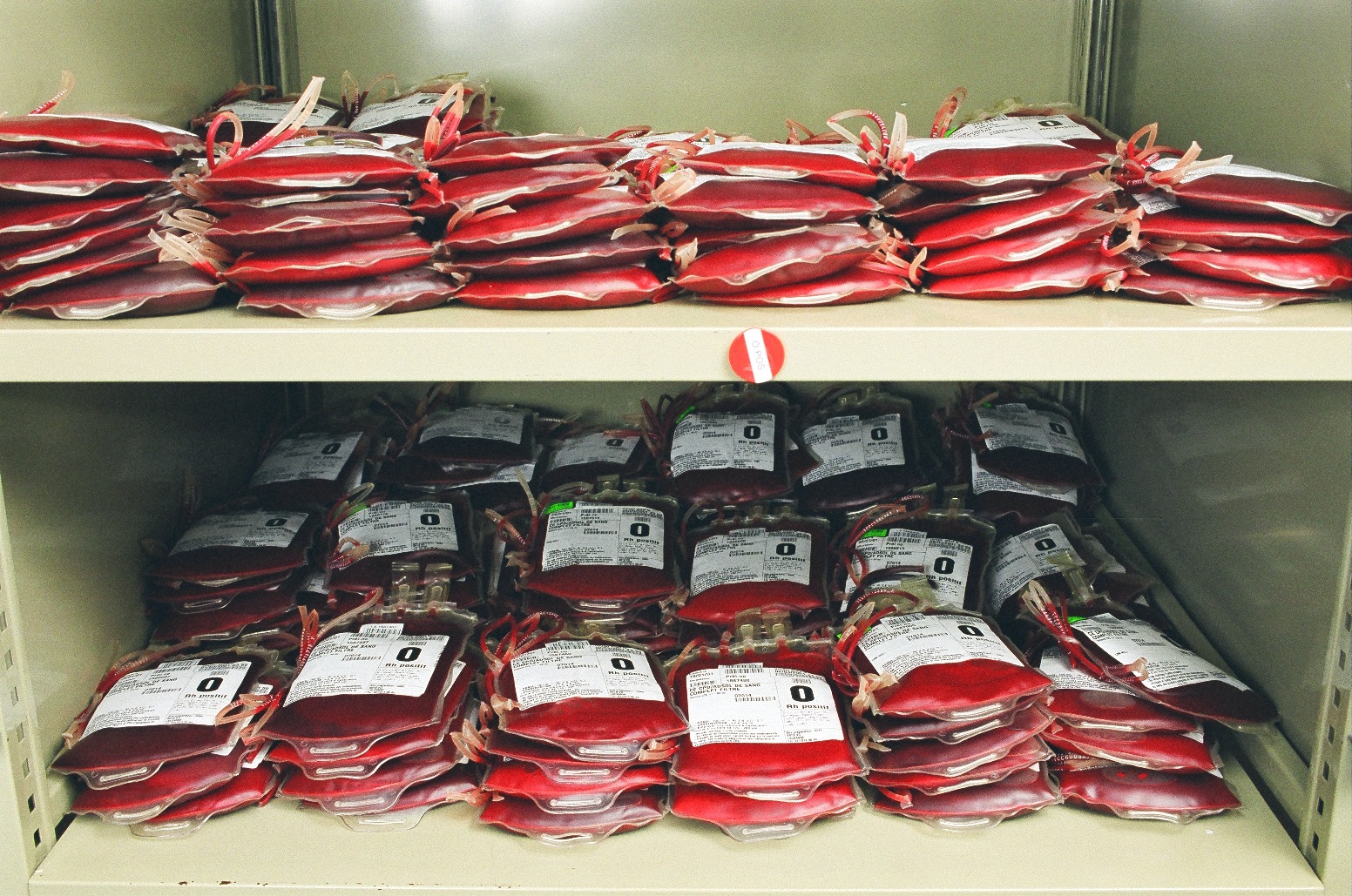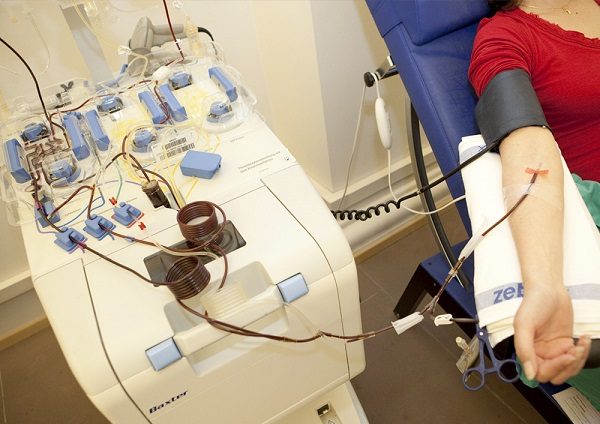Blood demand stabilises
The blood demand in 2019 was on a scale with that in 2018.
The amount of blood products that hospitals need fell steadily over recent years, as Patient Blood Management became more and more widespread in Switzerland. In 2019, for the first time in many years, demand remained stable. This suggests that Patient Blood Management is now broadly established.
Demand bottoms out
The demand for red cell concentrates (erythrocyte concentrates) fell by less than 0.3 per cent in 2019; thus, the need for the most important blood product remained practically level with that in 2018. The need for platelet concentrates fell by 6.8 per cent, after rising 3.9 per cent in 2018. Demand for plasma fell 7 per cent from the previous year (2018: up 4.3%).
The prolonged decline in the demand for red blood cell concentrates appears to have bottomed out. Changing demographics may well bring another increase in demand: time will tell. Two thirds of all blood transfusions needed are already for patients over the age of 65, and this segment of the population is growing.


Platelet demand: a special case
Thanks to the nation-wide coordination of blood procurement activities, the efficient supply of red cell concentrates, which have a shelf life of 42 to 49 days, can largely be ensured through demand planning, and unforeseeable fluctuations in demand can be accommodated.
The situation with platelet concentrates is quite different. Platelets are usually needed at short notice, when patients are about to receive an organ transplant. However, they have a maximum shelf life of only 7 days. To deal with this challenge, the regional blood transfusion services rely on very flexible donors who can make themselves available for platelet donation, a process which can take up to two hours.
